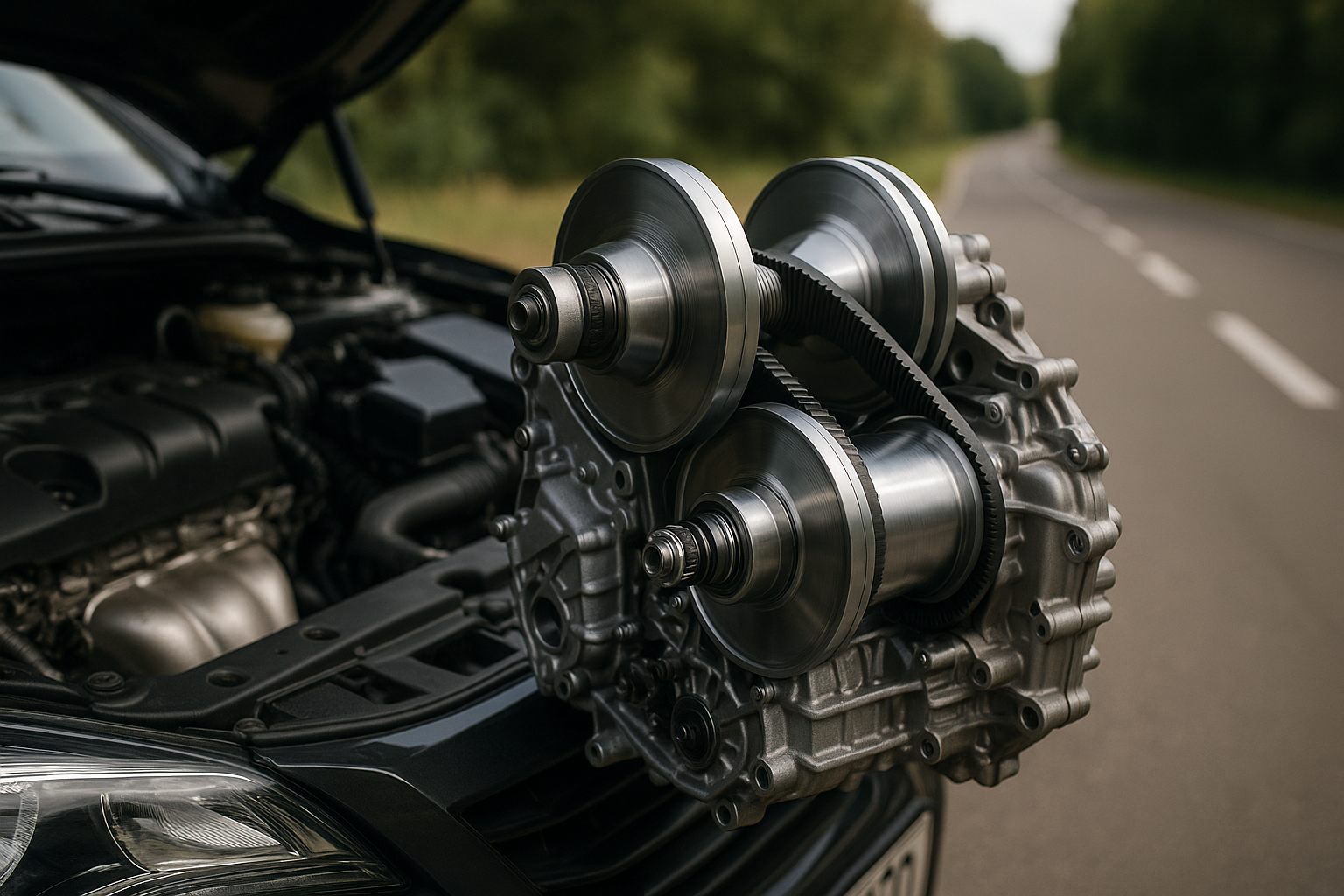The Intricacies and Implications of Continuously Variable Transmissions
The world of automotive transmissions is ever-evolving, and continuously variable transmissions (CVTs) are at the forefront of this transformation. In this article, we delve into the mechanics, advantages, and challenges of this innovative technology, providing a comprehensive view of its impact on today's car industry.

The Mechanics of Continuously Variable Transmissions
Unlike traditional automatic or manual transmissions, which utilize a fixed set of gear ratios, CVTs offer an infinite array of possibilities. This is achieved through the use of two pulleys connected by a belt or chain, with one pulley connected to the engine and the other to the wheels. As the diameter of these pulleys changes, so too does the gear ratio, allowing for a seamless transition through a range of effective gears.
Historical Context and Key Developments
The concept of a continuously variable transmission is not new. Leonardo da Vinci sketched designs for a CVT in the 15th century. However, it was DAF, a Dutch car manufacturer, that first implemented CVTs in passenger cars in the 1950s. The technology has evolved significantly since then, with advancements in materials and control systems enabling CVTs to handle more power and operate more efficiently.
Current Trends and Insights
The use of CVTs is growing, particularly in compact and midsize cars, where their efficiency benefits are most pronounced. Manufacturers like Nissan and Subaru have embraced this technology wholeheartedly, incorporating CVTs into many of their models. The trend is clear: as fuel efficiency standards become more stringent, the adoption of CVTs is likely to increase.
Impact, Benefits, and Challenges
The primary benefit of CVTs is their fuel efficiency. By allowing the engine to operate at its most efficient RPM for a range of driving speeds, CVTs can significantly improve a vehicle’s fuel economy. They also offer a smoother driving experience, as the lack of distinct gear changes results in less “shift shock.”
However, CVTs are not without their challenges. They tend to be less durable than traditional transmissions, leading to higher maintenance costs. Additionally, some drivers find the driving experience with a CVT to be less engaging, as the lack of a traditional shifting sensation can make the car feel less responsive.
The Future of CVTs
As automotive technology continues to evolve, the use of CVTs is likely to increase. However, manufacturers will need to address their durability issues and improve their driving dynamics to gain wider acceptance. As we stand at the cusp of this potential shift in the automotive landscape, it will be fascinating to see how CVTs shape the future of driving.
In conclusion, the continuously variable transmission presents a compelling blend of efficiency and versatility. Although it faces challenges, its growing adoption in the industry hints at its potential to become a cornerstone of automotive technology. As the automotive world evolves, the CVT stands as a testament to the industry’s continuous innovation.




